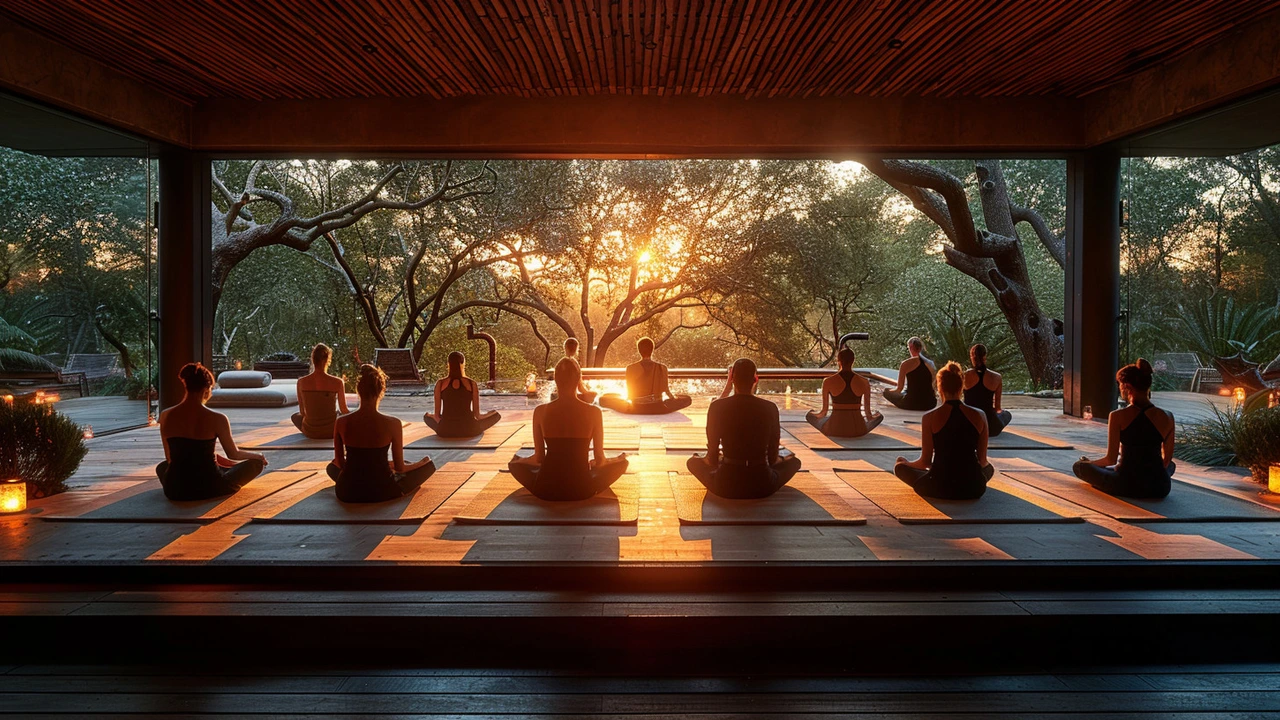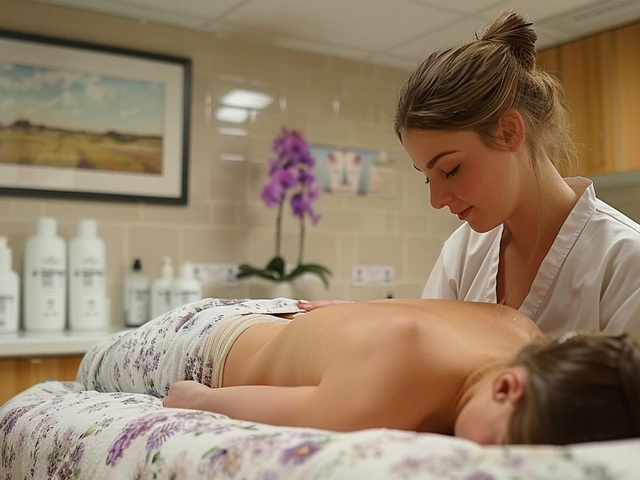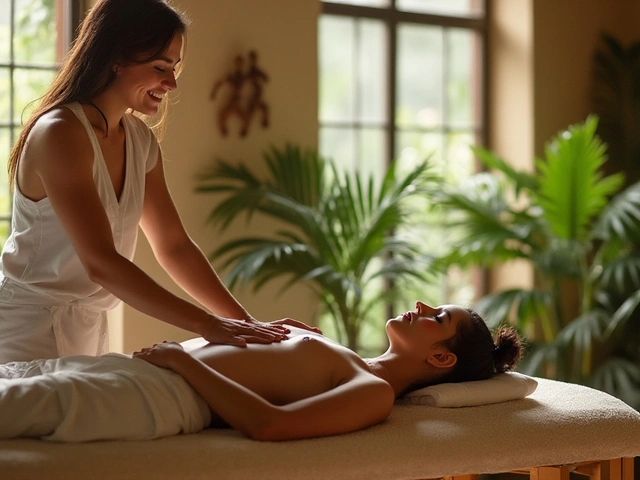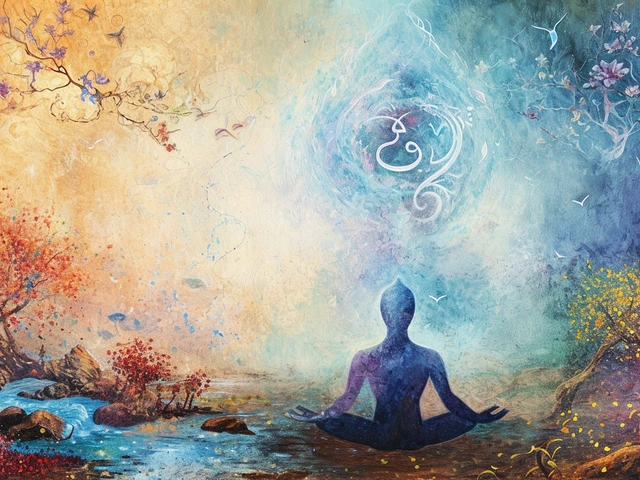Self-Understanding: Use Your Body to Know Yourself Better
Want clearer answers about stress, pain, or mood without endless thinking? Your body already holds the clues. Self-understanding means noticing sensations, movement patterns, and reactions so you can make smarter choices for health and daily life. This page brings practical, hands-on ways to learn from your body through touch, movement, and simple routines.
How your body talks—and how to listen
Most people treat pain and tension as problems to fix, not signals to learn from. When you tune in, tight shoulders, shallow breathing, or a sore hip tell a story about posture, habits, or emotion. Methods like Feldenkrais and Hellerwork focus on gentle, mindful movement to reveal those patterns. Somatic approaches don’t rush change; they help you feel what’s happening and choose a different movement or response.
Touch-based therapies give another angle. Acupressure, trigger point work, and stone or warm-stone massage show where tension sits and how the nervous system reacts. Blind massage and palliative touch highlight how focused, skilled touch can calm the nervous system and open awareness. When a practitioner guides you, you learn to notice subtle shifts—breath softening, a joint loosening, or a thought that fades.
Practical steps to start building self-understanding
1) Do a 2-minute check-in daily. Sit or stand, close your eyes, and list three sensations: where your weight sits, how ribs move, any tension. Small habit, big insights.
2) Try slow movement for five minutes. Use a Feldenkrais or simple body-scan approach: move one shoulder slowly and notice how the opposite side reacts. This makes hidden patterns obvious.
3) Use focused touch for quick feedback. Press a tight spot for 20–30 seconds and notice if breathing or mood shifts. Trigger point techniques and acupressure are great for this.
4) Keep a short log. After sessions—like Amma massage, Lomi Lomi, or Ortho-Bionomy—note three changes: sleep, pain level, or mood. Over weeks you’ll see what helps most.
5) Mix movement and hands-on work. Rolfing or Hellerwork can change posture; pairing those sessions with mindful practice at home locks in the benefit.
Curious where to start? Read about gentle options if you’re sensitive—Ortho-Bionomy and bioenergetics pieces explain mild approaches. Want more direct relief? Check trigger point and stone therapy articles. If culture and ritual matter, hilot or Kahuna and Lomi Lomi pieces show how tradition shapes healing.
Self-understanding isn’t a quick fix. It’s practice: notice, experiment, note results, and adjust. Use short, repeatable steps and trusted hands-on work to speed learning. Over time you’ll rely less on guessing and more on clear signals from your own body—so you can move, rest, and live better.

Exploring Breema Therapy: Harmonizing Body, Mind, and Feelings for Holistic Healing
Breema Therapy, a holistic approach to self-understanding and healing, offers a unique pathway to achieving harmony between body, mind, and feelings. This comprehensive article delves deep into the principles of Breema, exploring its origins, techniques, and benefits. Discover how this gentle yet powerful practice can foster a profound sense of connection within oneself and with the world around, leading to significant enhancements in physical, emotional, and mental well-being.
Categories
- Health and Wellness (148)
- Alternative Therapies (86)
- Massage Therapy (40)
- Travel and Culture (15)
- Beauty and Skincare (9)
- Holistic Health (8)
- Health and Fitness (5)
- Spirituality (5)
- Other (2)
- Personal Development (2)



